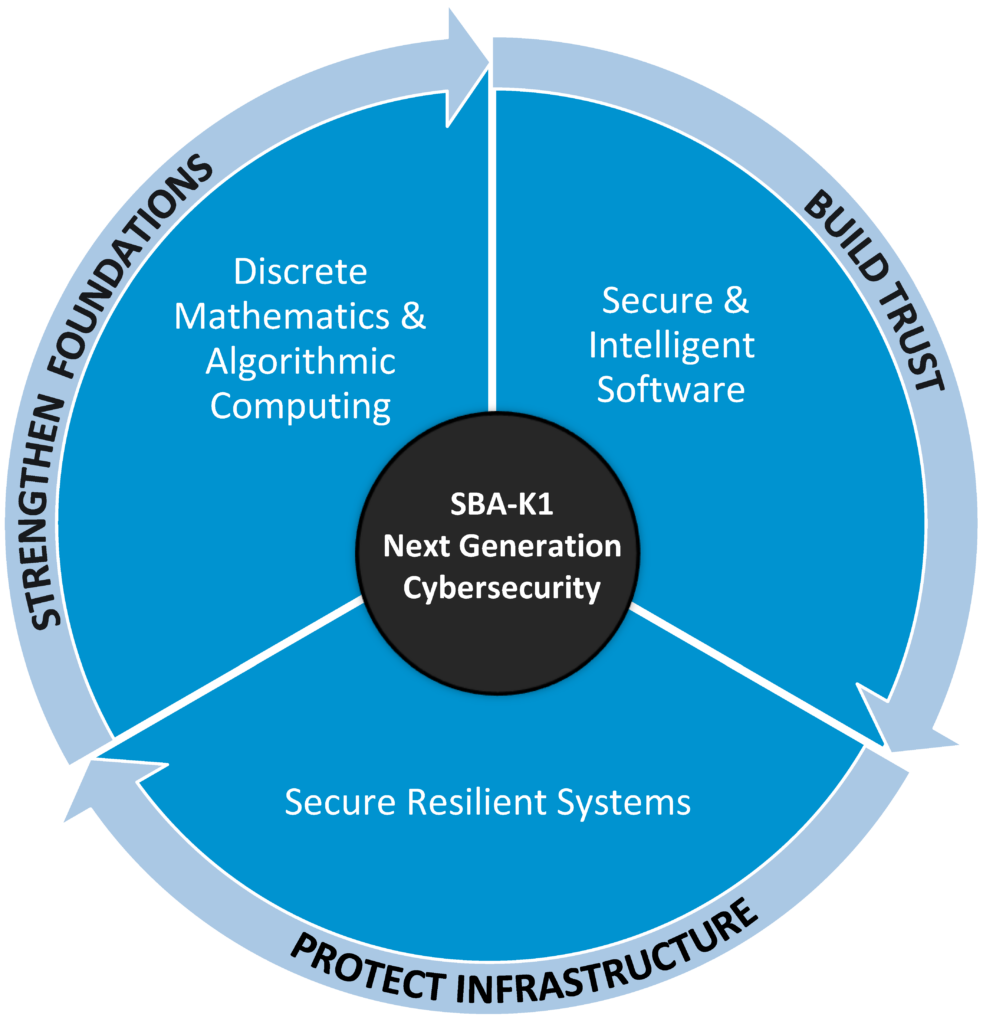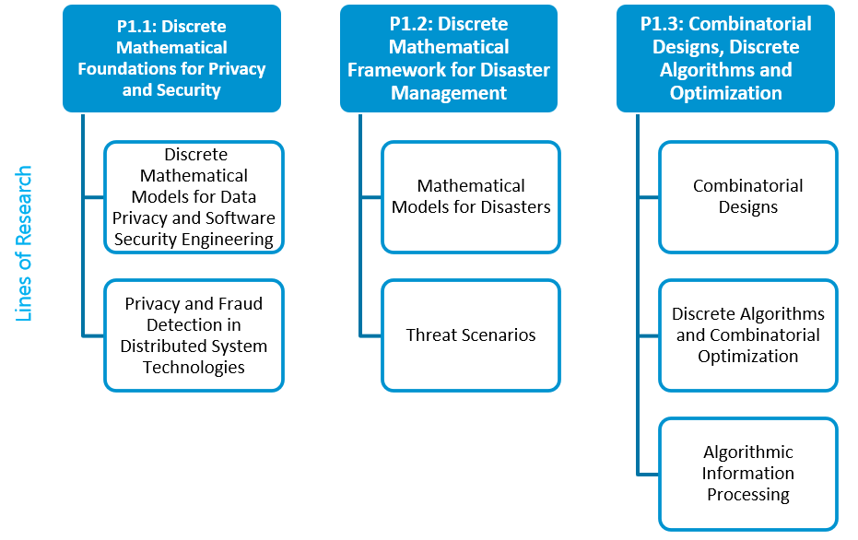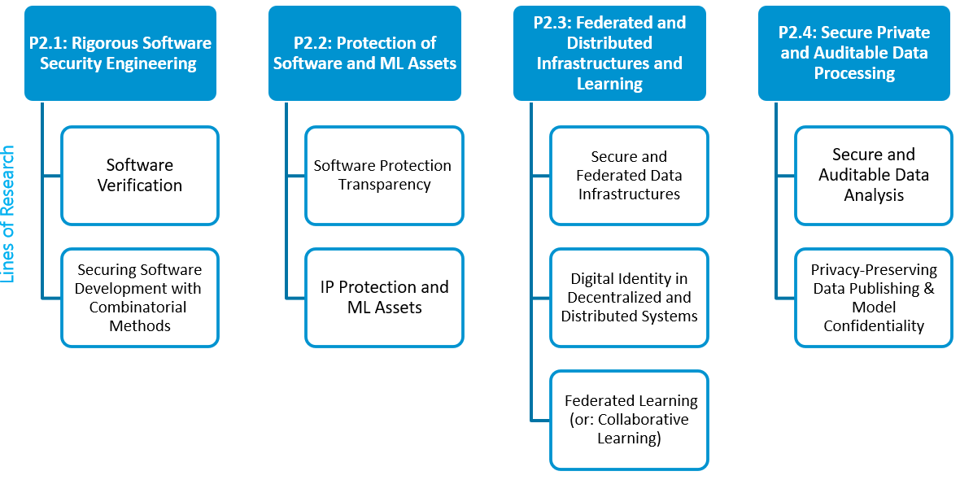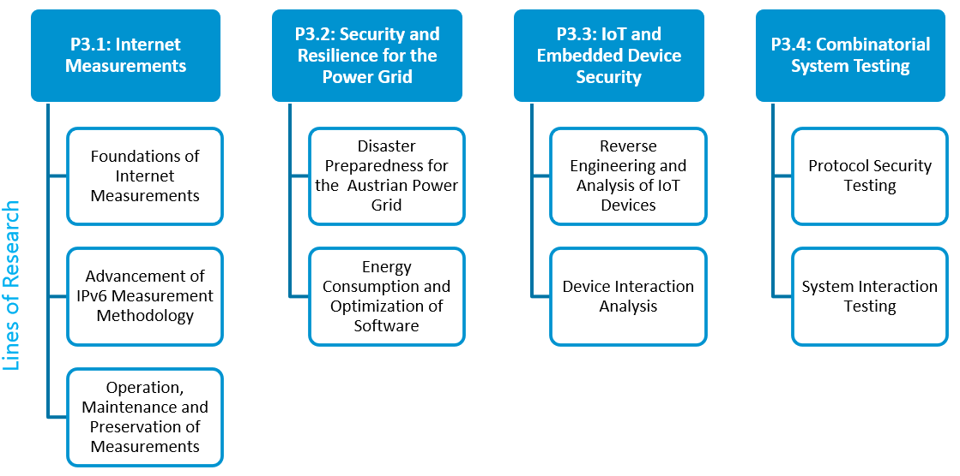SBA Research Next Generation Cybersecurity
Scientific Research for Technology Development and Knowledge Transfer in Cybersecurity, providing tangible results and building up human resources.
SBA-K1 NGC in a Nutshell
The COMET center SBA-K1 NGC builds on scientific research to develop practical and applicable technology solutions jointly with company partners. In the new COMET phase, we will focus on three specialized areas in cybersecurity, which are essential for industry and our society.
The first area, Discrete Mathematics & Algorithmic Computing, focuses on research to strengthen the foundations of cybersecurity, e.g., by building models to test software and enhancing system understanding. The second area, Secure and Intelligent Software, concentrates on software and data as core components that drive modern systems. We develop methods and tools to establish and measure security and reliability in software systems and machine learning environments. Furthermore, we tackle data privacy and confidentiality without hindering the application and potential of modern technologies. In the third area, Secure Resilient Systems, we focus on protecting complete infrastructures comprising complex, interconnected systems. We need reliable solutions to protect our critical infrastructures that drive and support our daily lives from current and emerging threats.
Area 1: Discrete Mathematics & Algorithmic Computing
This area aims to strengthen the foundations of cybersecurity by building models and frameworks to tackle fundamental problems. We build on our previous research in combinatorial algorithms and extend it to systems security, e.g., to protect digital and critical infrastructures and to advance the field of disaster preparedness. Applying combinatorial methods for cybersecurity is another crucial aspect, e.g., for Web Technology testing and securing the software development lifecycle (SDLC). Furthermore, we want to explore quantum-inspired algorithms and quantum machine learning for security purposes, such as vulnerability analysis and estimating complexity.
Area 1 contributes to following SDGs and the Green Deal:
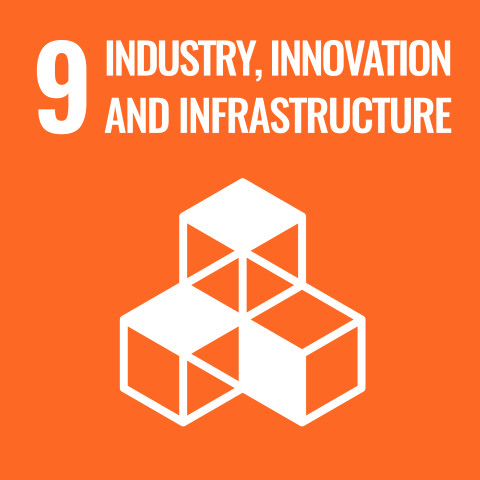
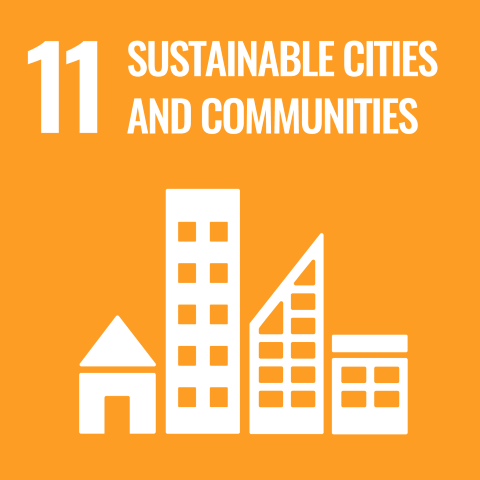



Area 2: Secure and Intelligent Software
Software and data are the driving forces in modern companies. Rapid advancements in new technologies, such as machine learning (ML) and large language models (LLMs), promise to revolutionize industries with enhanced efficiency and new use cases. This also means that new attack vectors and risks emerge in addition to existing cybersecurity threats. Companies need solutions, e.g., to protect their valuable data and software as intellectual property. Complying with regulations such as GDPR and protecting individual privacy and confidential data are essential goals. Ensuring that the software, in particular solutions built on AI, cannot be manipulated, avoid biases, and remain verifiable, explainable, and predictable are further challenges.
Area 2 contributes to following SDGs and the Green Deal:




Area 3: Secure Resilient Systems
This area focuses on methods to protect infrastructures which nowadays comprise complex interconnected systems. These systems often combine computational and physical components, allowing them to interact with the real world. With the proliferation and integration of connected devices and IT protocols, the attack surface grows and requires new security concepts and strategies in formerly isolated environments. Critical infrastructures, as nervous systems of our society, touch all areas of daily life, and hence, protecting these systems, such as energy networks, health infrastructure, and transportation, from continuous risks is a primary goal in this area. We will achieve this by strengthening the fundamental properties of security and resilience against external shocks, both malicious and incidental.
Area 3 contributes to following SDGs and the Green Deal:






NGC Consortium
SBA‐K1 NGC is built on a strong consortium with a well‐balanced mix of premiere academic partners, large industrial key players and numerous innovative SMEs. We collaborate with 13 scientific groups from 9 research institutions as well as 53 company partners. The consortium is led by SBA Research gGmbH.
